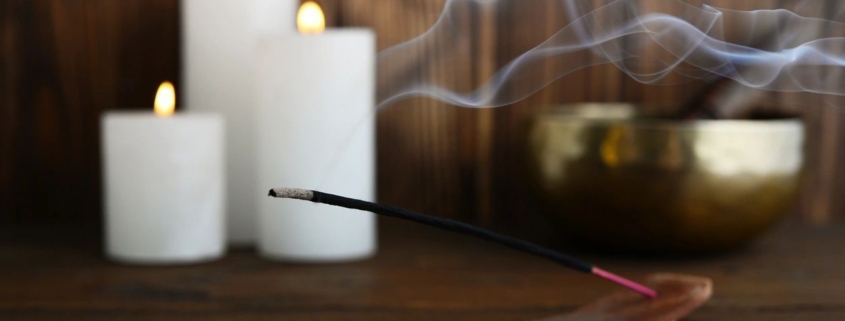Our SPRINKLING of AYURVEDA: FEAR ANXIETY MIND – MANAS
Nothing can truly affect our true nature and it is thoughts that create the illusion that
Rupert Spira
fear has such unpleasant powers.
Meditation on Fear and Anxiety
Fear and anxiety are common obstacles that can hinder a meditation practice. However, by acknowledging and addressing these emotions, individuals can cultivate greater awareness, clarity, and peace of mind. Here are key insights from the psychology of fear and anxiety meditation:
- Fear as a natural response: Fear is a natural human response to perceived threats, whether real or imagined. In meditation, fear can arise as a result of confronting uncomfortable emotions, thoughts, or physical sensations.
- Anxiety as a learned response: Anxiety disorders are often rooted in learned patterns of thinking and behaving. Meditation can help individuals recognize and challenge these patterns, promoting a more balanced and adaptive response to stress.
- Mindfulness as a key component: Mindfulness meditation, in particular, has been shown to reduce anxiety by increasing awareness of the present moment and decreasing rumination on worrisome thoughts.
- Body-focused techniques: Guided meditations that focus on the body, such as progressive muscle relaxation or breathwork, can help individuals short-circuit the fear response and cultivate a sense of calm and grounding.
- Embracing fear: Rather than trying to suppress or avoid fear, some meditation approaches encourage individuals to embrace and explore their fear, fostering a greater sense of acceptance and compassion.
- Faith and uncertainty: Meditation can involve an act of faith, trusting that the practice will lead to greater insight and peace, even in the face of uncertainty and fear.
Practical Meditation Techniques for Fear and Anxiety
- Body-focused meditation: Use progressive muscle relaxation, breathwork, or qigong to cultivate a sense of calm and grounding.
- Mindfulness meditation: Focus on the present moment, observing thoughts and emotions without judgment.
- Guided meditations: Listen to guided meditations specifically designed to address fear and anxiety, such as those that use visualization, imagery, or body-focused techniques.
- Embracing fear meditation: Explore and acknowledge fear, rather than trying to suppress or avoid it.
- Short-circuiting the fear response: Use techniques like deep breathing or physical relaxation to interrupt the fear response and promote a sense of calm.
Helpful to Remember
- Meditation is a practice, not a cure-all. So patience and a gentle attitude of mind with oneself as we explore these techniques is a very helpful reminder.
- Please consider seeking guidance from qualified meditation teachers or therapists if the struggle with persistent fear or anxiety persists



